New Boston Historical Society
New Boston, New Hampshire
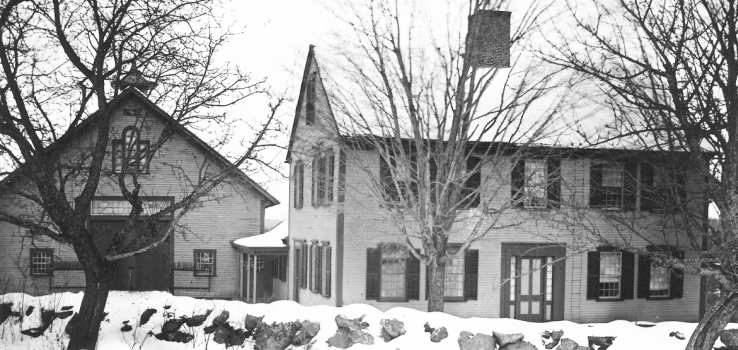
Thomas Cochran's house burned — and with it, the musket of Joe English
The Great Lightning Storm of 1916
August 23, 1916: It was a hot summer's day in New Boston before the thunderstorm arrived — 92 degrees, according to Bill Fiske's diary. Then, around four o'clock in the afternoon, the temperature dropped 20 degrees and it began to rain. By the time the storm passed, three inches of rain had fallen — and three houses were ablaze in New Boston alone!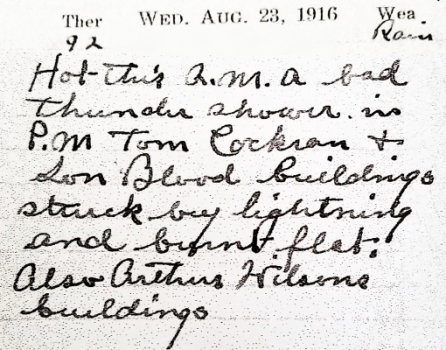 Today's story was inspired by a question from Frances Byam Towne, who asked the Historical Society's president David Woodbury what we knew about a terrible thunderstorm in 1916.
That was long before Frances was born, but she remembered the year because her brother George Byam was a new-born infant at the time.
Frances said that her father, Jesse Byam, was called out to fight the fires,
leaving her mother Josephine alone with four small children, including a nephew, as lightning and thunder raged about their South Hill home.
Today's story was inspired by a question from Frances Byam Towne, who asked the Historical Society's president David Woodbury what we knew about a terrible thunderstorm in 1916.
That was long before Frances was born, but she remembered the year because her brother George Byam was a new-born infant at the time.
Frances said that her father, Jesse Byam, was called out to fight the fires,
leaving her mother Josephine alone with four small children, including a nephew, as lightning and thunder raged about their South Hill home.
We don't know which of the three house fires Jesse went to fight:
1. Arthur Wilson lost his house in the north end of town on what is now called Davis Lane.
2. Alonzo Blood lived in the first house to your left on Joe English Road, near Meetinghouse Hill Road; the Fire Department historian believed that the hand-operated fire engine Constitution #2 was brought there.
3. Thomas Cochran's house on Bedford Road also burned to the ground.
Over in Goffstown, there was a fire tower atop one of the Uncanoonuc Mountains, where the lookout observed "no less than nine conflagrations from his station," according to the Nashua Telegraph. One or more of these fires must have been in New Boston, easily visible from the Uncanoonucs in the days before fields became reforested.
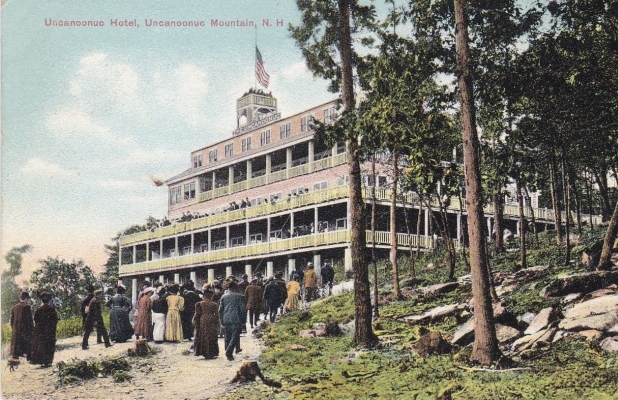
The observation tower was on the roof of the Uncanoonuc Hotel in Goffstown

The Nashua Telegraph reported details of the state-wide storm.
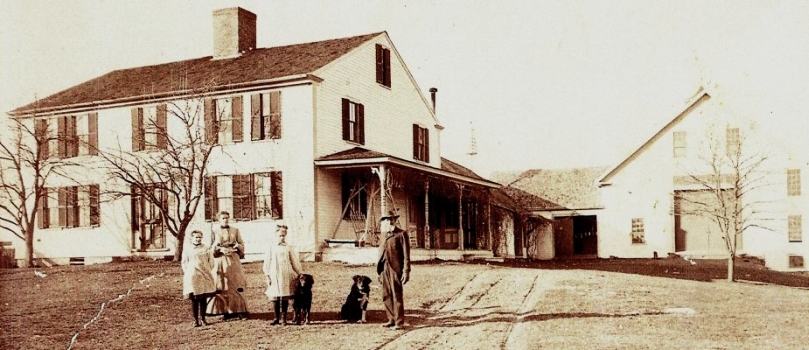
The home of Arthur Wilson, before it was struck by lightning and burned.
There were no injuries to the family, but the buildings were totally destroyed.
Joe English was a Native American who lived in this area circa 1700. He got his nickname from other Indians who thought him too friendly with the English-speaking settlers moving onto their land. One day when Joe was hunting beside the Piscataquog River, he was surprised by three Indians who meant to kill him. Joe ran uphill, his enemies hot on his heels. When he got to the cliff at the top of what we now call Joe English Hill, Joe stepped aside, and his pursuers ran past, which did not end well for them.
Joe English is supposed to have hidden two muskets in a tree, and it is one of these muskets which was lost when Thomas Cochran's house burned in August 1916. You may believe this or not, as you like.
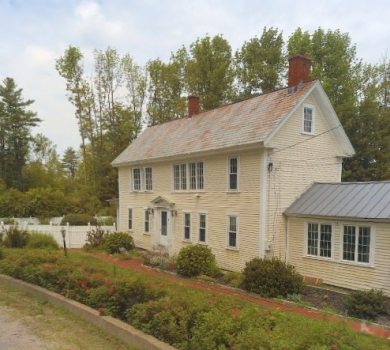
A wing of the Bradford Lane house was dragged to the Alonzo Blood cellar hole on Joe English Road
